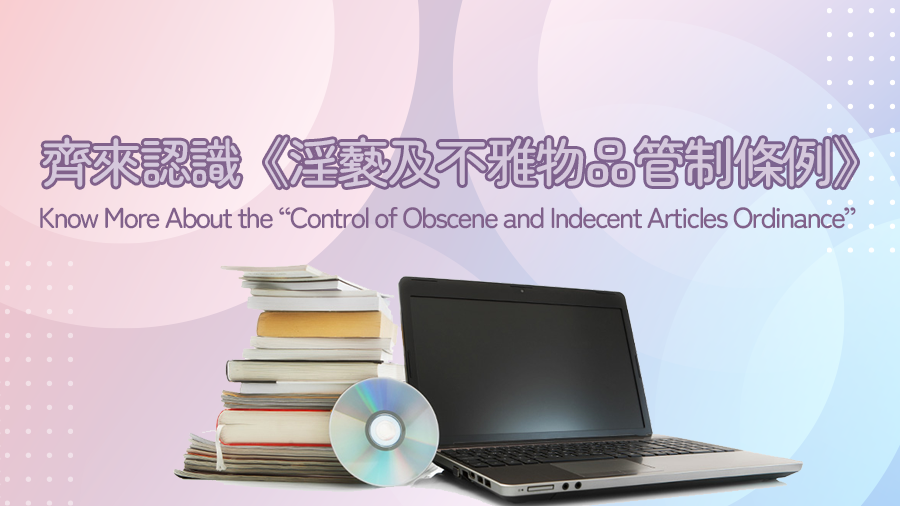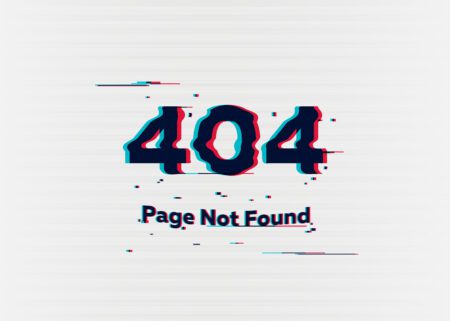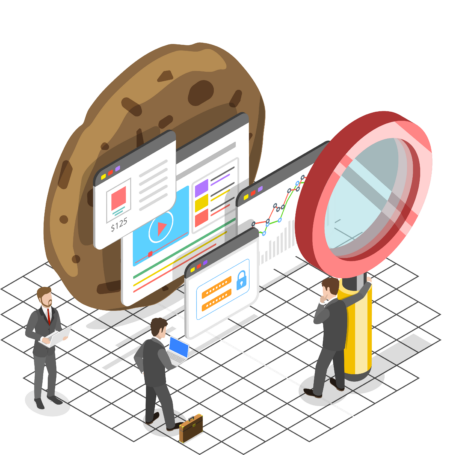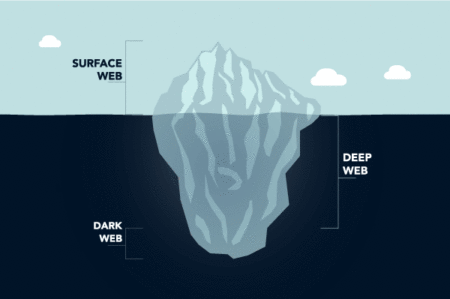
In this era of information explosion, we are exposed to a wide variety of online media and contents every day. Whilst some content may arouse our curiosity, they may also contain obscene and indecent content. Posting or even forwarding these contents on the internet may contravene Hong Kong laws, including the Control of Obscene and Indecent Articles Ordinance (Chapter 390 of the Laws of Hong Kong) (“COIAO”). In order not to fall foul of the law, let’s understand the COIAO together.
What are Obscene and Indecent Articles?
Under the COIAO, “obscenity” and “indecency” include violence, depravity and repulsiveness. An article may be classified as:
Class I :Neither Obscene nor indecent
Class II :Indecent
Class III :Obscene
The Obscene Articles Tribunal (“OAT”) set up under the COIAO has exclusive jurisdiction to decide whether an article is obscene, indecent or neither.
Restrictions on the Publication of Obscene and Indecent Articles
Materials published on the Internet
Articles likely to be classified as Class II (indecent) according to the COIAO should be preceded by an entry page on the Internet carrying the required statutory warning. Those likely to be classified as Class III (obscene) are prohibited from publication.
Other Articles regulated by the COIAO (such as comics, magazines, etc.)
Class II articles must not be published to persons below 18. An indecent article must be sealed in a wrapper with the statutory warning notice and information of the publisher displayed. The publication of obscene articles is prohibited.
Penalties
Any person who publishes an indecent article to a person under the age of 18, or publicly displays any indecent matter, or publishes any indecent article without complying with the statutory requirements, or possesses for the purpose of publication any indecent article in respect of which any requirement of section 24 of the COIAO is contravened, is liable to a fine of $400,000 and to imprisonment for 1 year on first conviction, and to a fine of $800,000 and to imprisonment for 1 year on any subsequent conviction. Any person who publishes, possesses or imports for the purpose of publication any obscene article, is liable to a fine of $1,000,000 and to imprisonment for 3 years.
Whilst enjoying the entertainment and convenience brought to us by the different kinds of media contents on the internet, we must also abide by the law, maintain a healthy mindset, and stay away from obscene and indecent materials. Every choice we make will affect our future, so let us make it a wise decision together! If you want to know more about the COIAO, please click here and visit the website of Office for Film, Newspaper and Article Administration.
你可能感興趣
元宇宙概念源自美國小說家尼爾.史蒂芬森(Neal Stephenson)於1992年出版的科幻小說《潰雪》(Snow…
深度學習和偽造組成的混合詞,指利深度學習(人工智能的一種技術)進行影像合成 以偽造影像。隨著深度偽造的技術愈趨成熟,只要一部智能手機和一個app…
物聯網就是通過互聯網把現實和虛擬世界的裝置及設備連接在一起,成為資訊社會 裏的全球基…
於2008年,一位自稱中本聰(的人士在網絡上發表了一篇論文介紹一個點對點電子貨 幣…
大家網上瀏覽時,都會見過「HTTP404」或「找不到」的版面。其實這是HTTP 狀態碼的一種即標準回應訊息,也是最常見的網路錯誤之一。…
雲端運算指透過互聯網取用的伺服器軟件及硬件資源(例如資料存取、運算能力、網 絡頻寬等)。透過虛擬化技術,伺服器的資源可以分割為…
隨著流動科技及雲端運算技術日漸成熟,加上金融科技迅速發展,現在電子支付及流 動支付已成為日常消費不可或缺的付款方法。大眾可以透過智能手機登入網上銀行進行轉帳,也亦會將信用卡連接不同支付系統,亦會購買虛擬點數進行購物。…
虛假資訊指為傷害個人或社會而故意製造的虛假信息。這些信息可能是完全虛構、部 分虛構或誤導性的信息。過往虛假資訊常見於政治…
在這個資訊爆炸的時代,我們每天上網都會接觸到各種各樣的媒體 在这个资讯爆炸的时代,我们每天上网都会接触到各种各样的媒体和内容。有些内容可能引起我们的好奇心,但它们也可能含有淫亵及不雅的内容。随意在网上发布甚至转发,更有机会触犯香港法例,包括《淫亵及不雅物品管制条例》(香港法例第390章)(简称《条例》)。为了不误堕法网,先让我们一同了解这条《条例》吧。…
在这个资讯爆炸的时代,我们每天上网都会接触到各种各样的媒体 在这个资讯爆炸的时代,我们每天上网都会接触到各种各样的媒体和内容。有些内容可能引起我们的好奇心,但它们也可能含有淫亵及不雅的内容。随意在网上发布甚至转发,更有机会触犯香港法例,包括《淫亵及不雅物品管制条例》(香港法例第390章)(简称《条例》)。为了不误堕法网,先让我们一同了解这条《条例》吧。…
香港金融管理局(金管局)於2021年中公布「金融科技2025」策略,鼓勵業界全面 應用金融科技,提供合理、高效的金融服務,惠及市民及社會。策略之一是加深對央行數碼貨幣(CDBC)的研究,當中包括:(一)就批發層面CDBC…
在電腦世界中的Cookie是儲存在你的電腦或手機內的一個文件檔案,讓伺服器辨認你 的裝置。Cookie暫時記載你的瀏覽紀錄、購物車的商品…
互聯網無遠弗屆,蘊藏著海量資訊。網上有多少資訊能被大眾接觸到?從資訊觸及性 來說,互聯網可分為表網、深網和暗網三個層次。…
NFT是新興另類虛擬資產投資,常見的NFT包括數碼圖像、影音、及短片等等,並透 過加密形存式放到區塊鏈。該NFT私密鑰匙的擁有人可以…



















